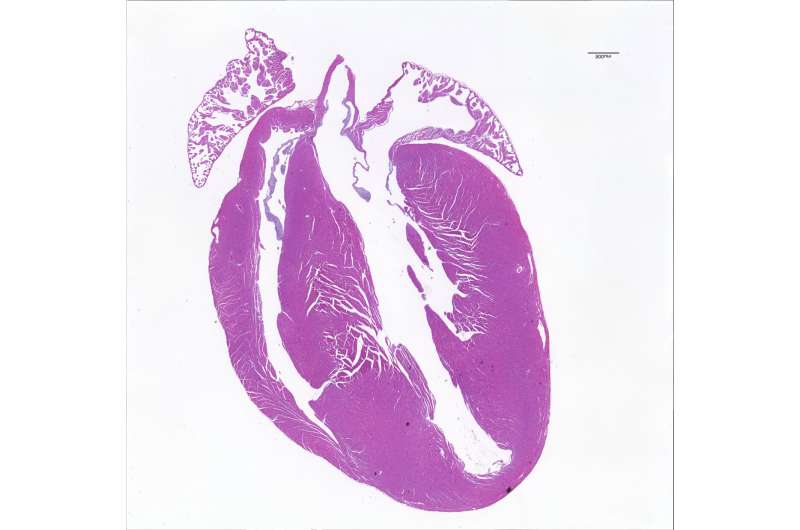Researchers led by Eric Olson at the University of Texas Southwestern Medical Center used a method called base editing, which has been used previously to correct other genetic heart diseases, but never before on these specific LMNA mutations. Unlike older editing tools, which create double-strand breaks in the DNA, base editing works like a “pencil” and “eraser” to change a single base in a patient’s genome.
In a paper published in the Proceedings of the National Academy of Sciences, the team describes how they used this precise form of gene editing to first correct mutations in human heart muscle cells grown from patients with the LMNA-related diseases.
The researchers used two different base editors. They built an ABE (Adenine Base Editor) to seek out the R249Q mutations that cause dilated cardiomyopathy and change it back to the healthy base. For muscle disease, they created a CBE (Cytosine Base Editor) to fix the specific L35P mutation. The result? The cells were corrected.

